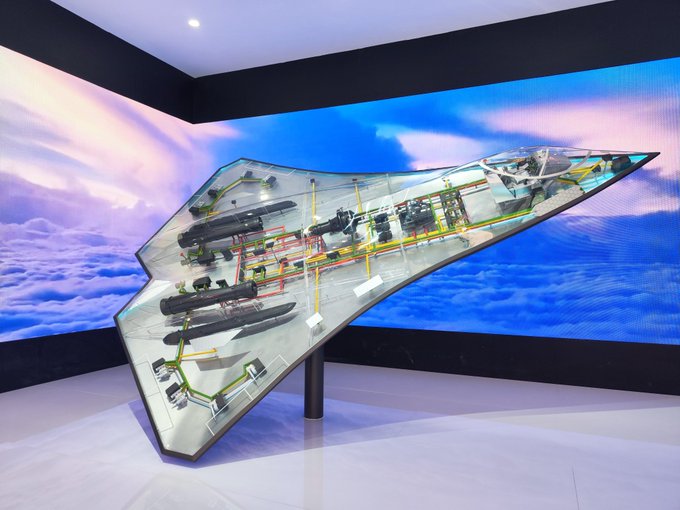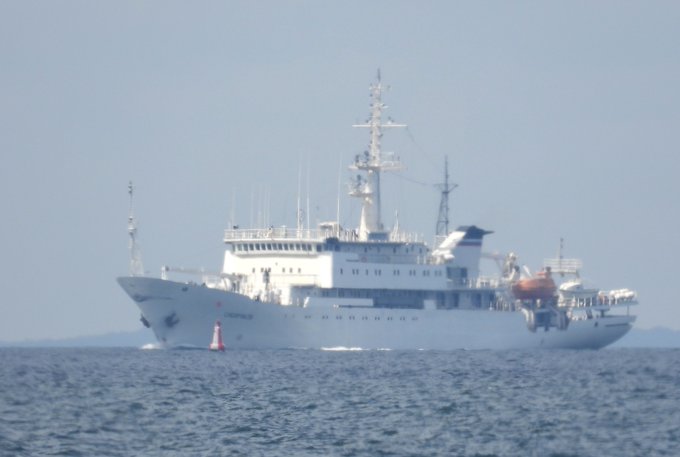As Ukraine prepares to receive its first F-16 fighter jets, there has been an increase in Russian air strikes targeting Ukrainian airfields. These strikes appear to be Moscow’s attempt to disrupt Kyiv’s infrastructure needed to operate the F-16s.
Reports on social media suggest that on June 22, the Russian Black Sea Fleet attacked Ukrainian infrastructure, including the Vasilkov airfield near Kyiv, using sea-launched Kalibr cruise missiles. A video on Platform X (formerly Twitter) showed at least four missiles in flight. Photos on social media later depicted the alleged destruction caused by the attack. Pro-Russian military bloggers made these claims, but the Ukrainian Armed Forces have not commented.
Military analysts suggest the strategy aims to weaken the Ukrainian Air Force by destroying potential F-16 bases. If accurate, this would be the second strike on Vasilkov this month. Earlier reports indicated an oil depot at the airfield was targeted, causing a fire visible from space.
Previously, Russia also launched missile strikes on Starokostyantyniv in the Khmelnytsky area, another potential F-16 base. Russia has threatened to strike any Ukrainian airfield housing the F-16s, most of which are within the range of Russian missiles. Ukraine has announced plans to station some F-16s on NATO territory to safeguard them from attacks.
Ukraine is set to receive F-16s from Denmark in the coming weeks, with additional pledges from the Netherlands, Norway, and Belgium. Some donor countries have suggested using the jets for strikes inside Russia, heightening Kremlin concerns.
While facing relentless Russian air strikes, Ukraine has been targeting Russian air defenses in preparation for the F-16s’ arrival. The Institute for the Study of War (ISW) noted Ukraine’s efforts to degrade Russian air defenses to enable effective use of manned aircraft. Recent Ukrainian actions have targeted key Russian air defense systems, including modern systems like the S-400, which were hit by Ukrainian drones.
The S-300/S-400 air defense systems and Su-57 fighters are vital for Russia to restrict Ukrainian air operations and support its offensive. Kyiv has strategically targeted these platforms as both sides engage in intense aerial strikes.
On June 23, Russian authorities reported that Ukrainian drone and missile attacks on Crimea resulted in six deaths and over 100 injuries. Russia blamed both the United States and Ukraine, claiming the attack involved US-provided ATACMS missiles. Russian air defenses reportedly shot down 33 Ukrainian drones over Bryansk, Smolensk, Lipetsk, and Tula.
Additionally, reports suggest Ukraine attacked a Russian warehouse used for launching and training with Iranian-made drones. Satellite images confirmed the destruction of facilities in the Krasnodar Territory on June 21.
Russia has also increased the use of guided bombs on Ukrainian territory, with recent attacks in Kharkiv resulting in multiple fatalities. Ukrainian President Volodymyr Zelenskyy has called on allies to strengthen Ukraine’s air defenses, emphasizing the need for modern systems like Patriots, accelerated pilot training for F-16s, and extended weapon range.
Over the weekend, Russia targeted Ukraine’s power infrastructure, marking the ninth attack on energy installations in three months, according to Ukraine’s energy ministry.




